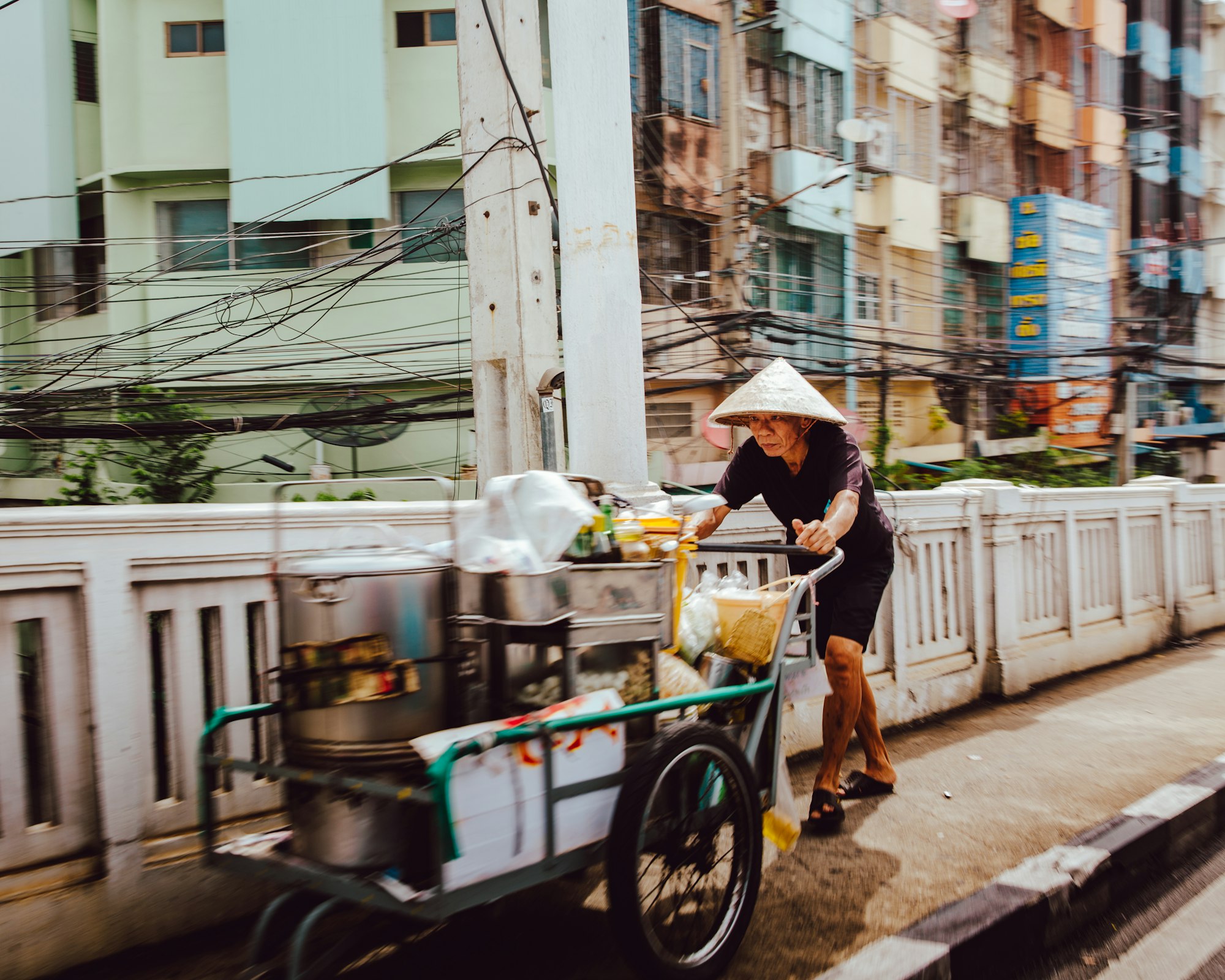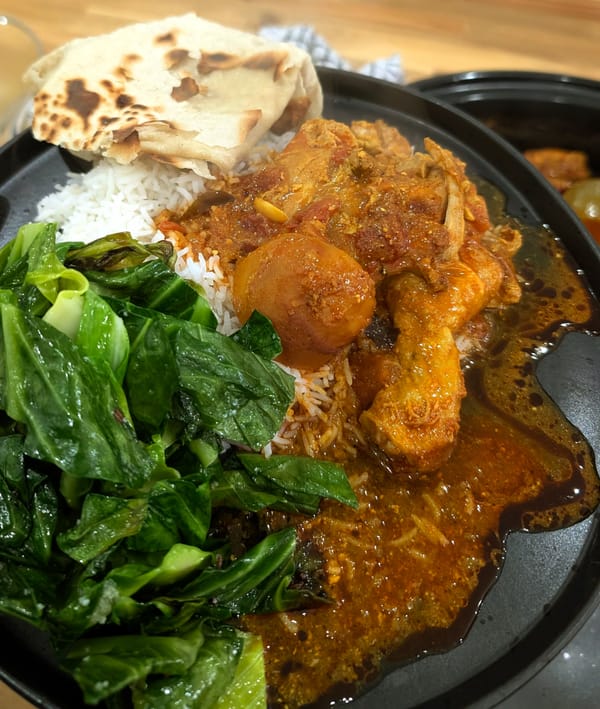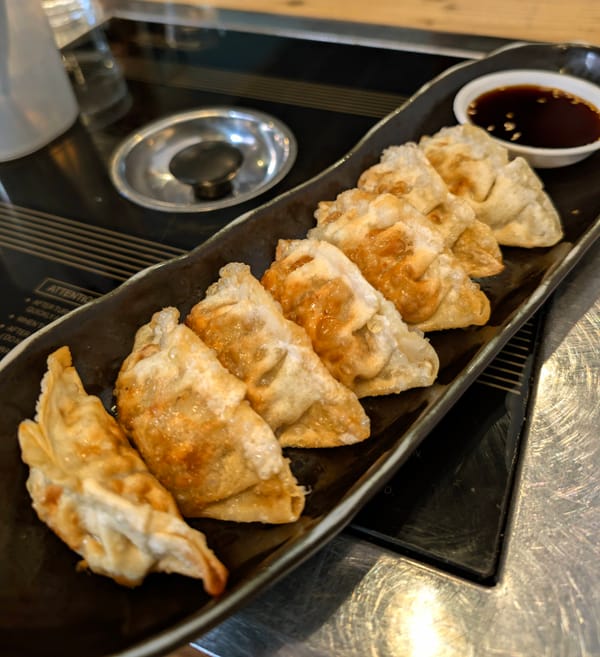How Food TV Raised Me
You don’t need a passport to travel, or a cookbook to understand people. For me, food TV has done both. Here’s how a lifetime of watching dinners, disasters, and dumplings led to unexpected lessons on connection, culture, and what really matters around a table.

I didn’t grow up with a remote in my hand. I mean, I did, really, but I grew up watching whatever my parents chose to have on the telly — and luckily for me, a lot of it involved food.
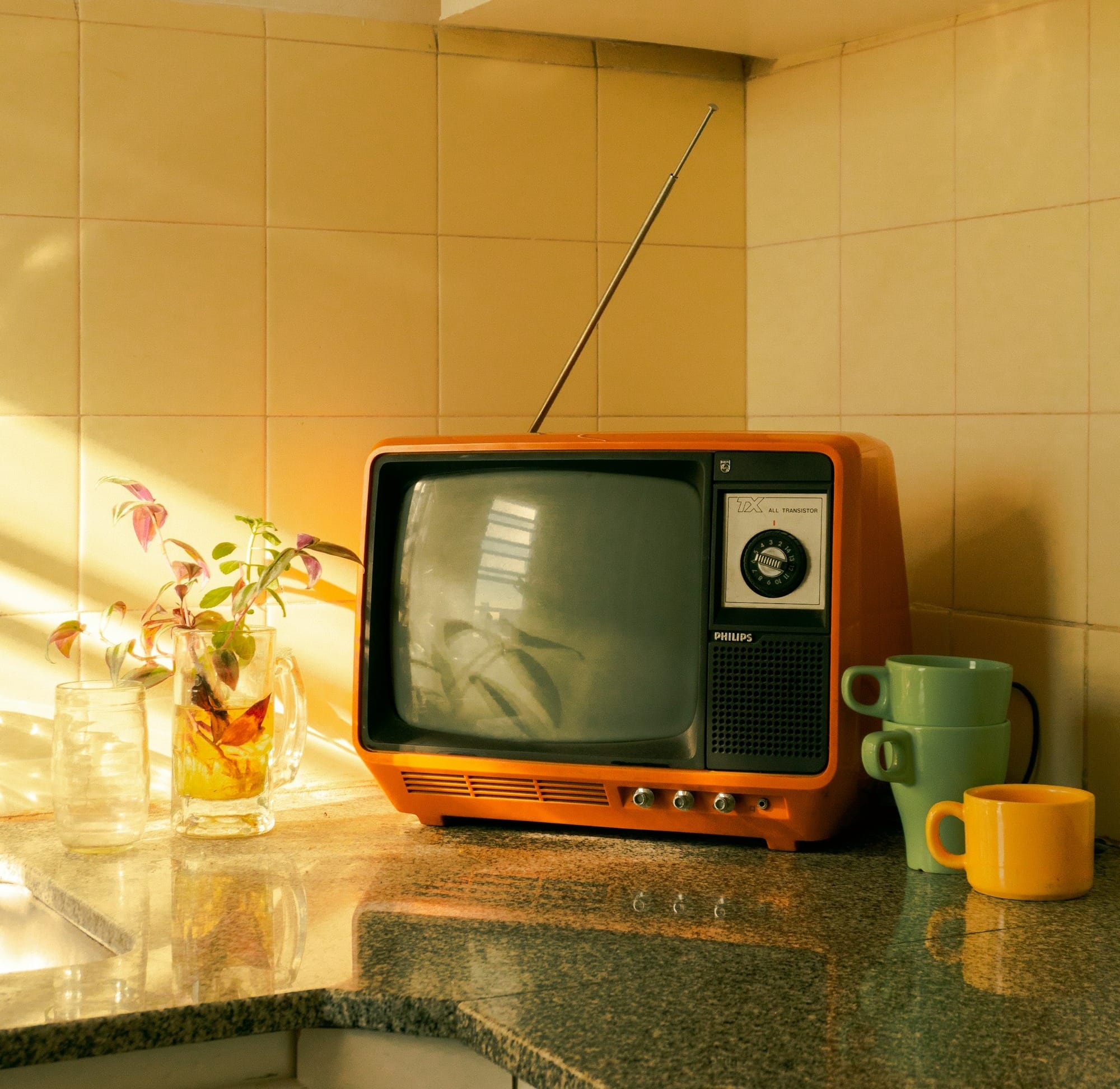
It wasn't quite the high-polished, drama-laced food competitions we see today though. I’m talking passive-aggressive dinner parties, strangers rating each other’s curtains, and culinary experiments that occasionally doubled as psychological warfare. Un dîner presque parfait. Bienvenue chez nous. Those were the glory days.
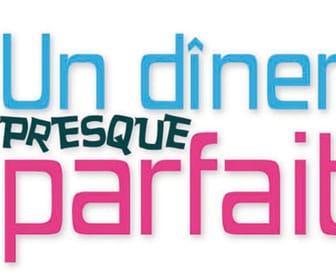
I was hooked.
Somewhere between the awkward toasts and the soufflés gone sideways, I realised that food wasn’t just what people cooked. It was so much more than that. It was how they showed love, asserted taste, masked nerves, and brought everyone together. Even before I understood it fully, I knew food mattered.
And thanks to a long line of food TV, from chaotic dinner tables to quiet street vendors in faraway cities, I grew up with a plateful of perspective — even when I wasn’t doing the eating myself.
Early Exposure: Chaos, Competition, and Couscous
Before TikTok chefs and celebrity bakers with Netflix deals, there was Un dîner presque parfait and Bienvenue chez nous. The former was France’s answer to Come Dine With Me — complete with dinner parties, scorecards, and enough passive-aggressive commentary to fill a salt mine. The latter was the French version of Four in a Bed, i.e. a bed-and-breakfast battle royale where hosts judged each other on breakfast buffets, towel fluffiness, and whether the bidet had character.
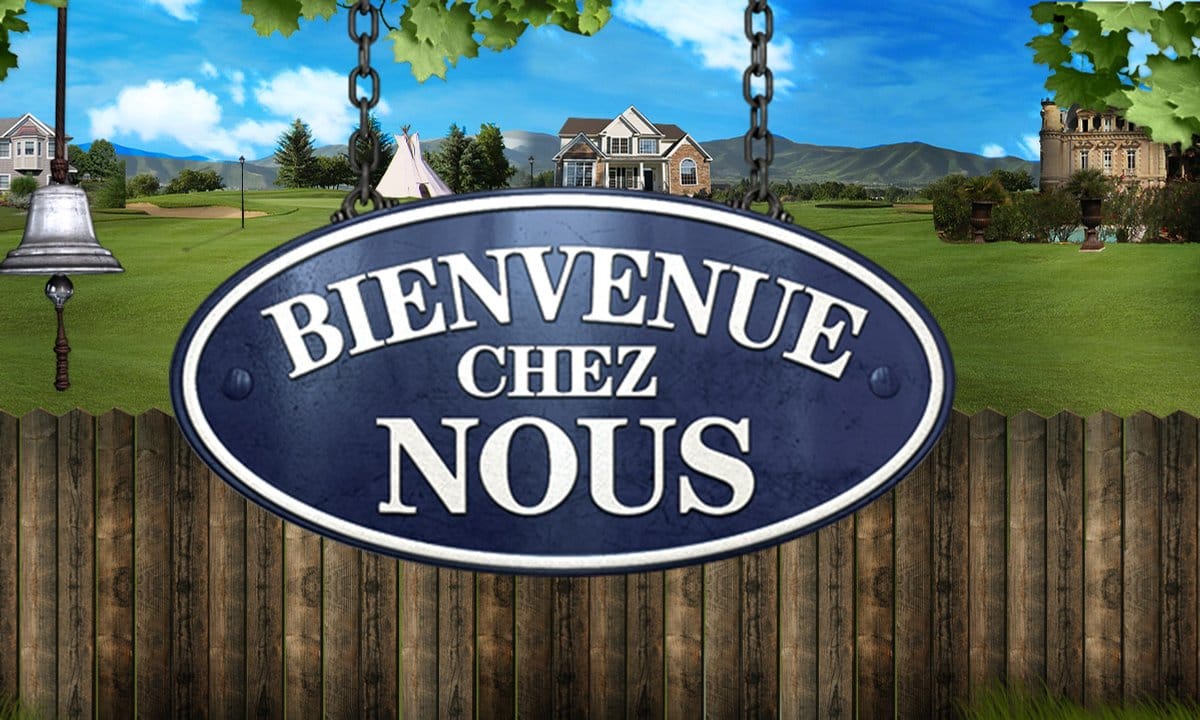
This was my first exposure to food as theatre and it was not the Michelin kind. More the “Did he really serve that?” kind.
I watched it all with quiet fascination. Not just the food (although I did make mental notes for future me, obviously), but the tension. The passive-aggressive compliments. The thick, glorious awkwardness of a bad soufflé paired with a lukewarm Chardonnay. The way a dish could totally disarm someone — or totally unravel them.
And yet, somehow, these people always managed to sit down at the same table. To eat. To connect, or at least pretend to. Maybe that’s what stuck with me more than anything: food as the great social glue. Even when things were borderline unhinged, someone always passed the bread.
Back then, I didn’t realise I was absorbing anything important. I just thought I was watching TV. But in hindsight, those episodes were teaching me how food could be a mirror — revealing who we are when we cook, serve, or show up for a meal.
Also: I learned never to trust anyone who brags about their panna cotta before it’s set. That's the portrait of hubris if there ever was one.
MasterChef and the Hormones
Some people nest during pregnancy. I nested too — on the sofa, binge-watching MasterChef USA like it was prenatal education.

I was hooked. The tiny spoons, the tweezers, the high-stakes plating. And of course, the unspoken influence of the man who arguably set the gold standard for kitchen chaos: Gordon Ramsay.
The man, the myth, the metaphorical heat in the kitchen. He made “It’s raw!” a global catchphrase. He made yelling at risotto an art form. He was terrifying and brilliant and — in a strange way — comforting. Because no matter how chaotic the world felt (or how humongously heavy I was), we could always count on Gordon to scream at an undercooked scallop and restore order in the culinary universe.
MasterChef during that season of life reminded me that food could be more than fuel. It could be theatre, precision, personality. A way to create beauty and chase perfection, even when everything else felt a little blurry.
Enter Phil: A Different Kind of Food Show
Then came Somebody Feed Phil.
My husband introduced me to it — as all good modern love stories go. Not quite flowers and poetry, but something better: cuddles and comfort TV.
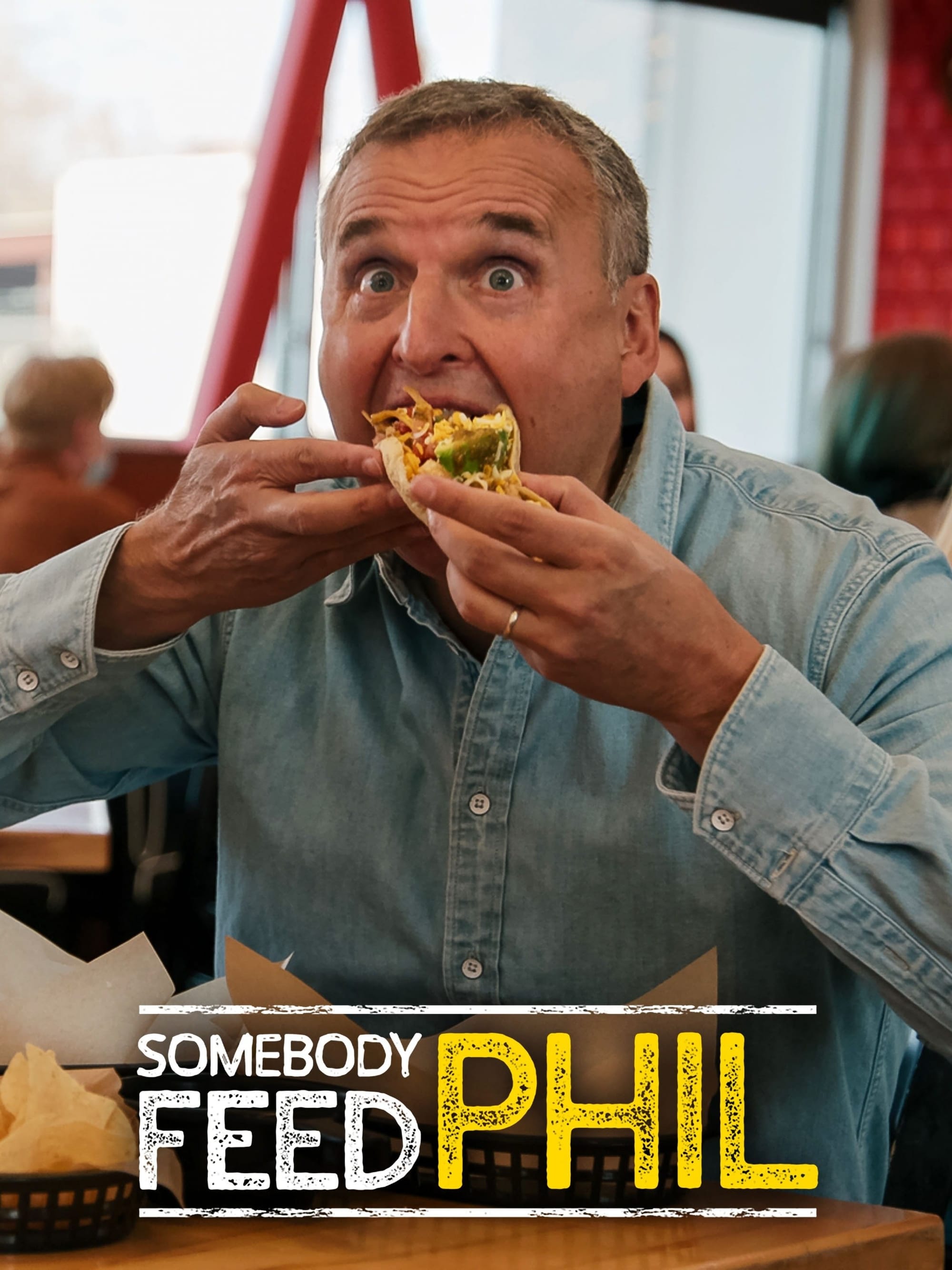
Before long, Phil Rosenthal became a regular feature in our evenings. We weren’t just watching him eat. We were travelling. Sitting at unfamiliar tables. Laughing along to awkward translations and joyful reunions. Picking up bits of language, culture, and appetite with every episode.
Phil isn’t a chef. He’s not slick or polished. He doesn’t try to be clever. He just shows up, curious and hungry — which, honestly, might be the best way to show up to anything. He’s got this slightly dorky, open-hearted energy that somehow manages to make everyone — from Michelin-starred chefs to street food vendors — feel seen. And more importantly, appreciated.
Through Phil, I’ve visited places I haven’t yet been. Tel Aviv, where hospitality means never letting your guest finish a sentence without offering more food. Seoul, where tables are noisy and abundant and the joy is as layered as the side dishes. Oaxaca, where the food is history, and you can feel it in the way someone shapes a tortilla.
Watching Phil has made me want to be a better guest. A better host. A better listener. He’s reminded me that food doesn’t need to be fancy to be memorable — it just needs to be shared.
What It All Taught Me
Here’s what food TV has taught me — somewhere between the chaos, the chopsticks, and the crème brûlée:
- Food is how we say “Welcome.” Loudly, silently, awkwardly — doesn’t matter. The message gets through.
- A panna cotta is only as good as its set. (And confidence in the fridge never guarantees results.)
- The best hosts overfeed you — on purpose. Because abundance is the love language.
- You can cry over a heartfelt restaurant review or a chef's story. And I have. Many times over.
- Travel shows can double up as food shows. The good ones always end up at a table.
- Laughter pairs well with everything. Even sheep’s head in Istanbul. (Thank you, Travel Man. Sort of.)
- You don’t need to leave the country to broaden your taste. Just the algorithm.
- Hospitality is its own kind of artistry. Whether it’s a Michelin plate or a sticky rice bowl on a plastic stool.
These lessons taught me about food. About people. About pride. About presence. About the weird, wonderful, wordless ways we try to connect.
Still Watching, Still Hungry
So yeah, I didn’t grow up choosing what was on TV — but I now realise how much those shows chose me. They tuned me into a world of creativity, generosity, and bold flavours. They gave me a front-row seat to different cultures, values, and styles of eating — long before I had a passport of my own.
Now, as a parent, a writer, and someone who still gets emotional watching a beautiful roux transition into a smooth bechamel sauce, I’m more grateful than ever for those shows. I still watch food TV not to be taught, but to be moved. To laugh. To slow down. To be reminded that a shared meal is still one of the simplest ways to understand the world — and ourselves.
It seems I’ve retained an inability to assert myself with the remote, so my kids now pick the channel. But every once in a while, I put something on and see them (eventually) watch it with that same quiet curiosity I once had. Maybe food TV is raising another generation in the background. If so, I hope it leaves them just as hungry — in all the best ways.
My Favourite Food Shows (So Far)
If you're looking for something to watch that’s as joyful and moving as a great meal (okay, nearly as), here’s what I’d serve:
- Somebody Feed Phil – For laughter, empathy, and that contagious wide-eyed wonder.
- Street Food: Asia – For the grit, craft, and emotion behind everyday legends.
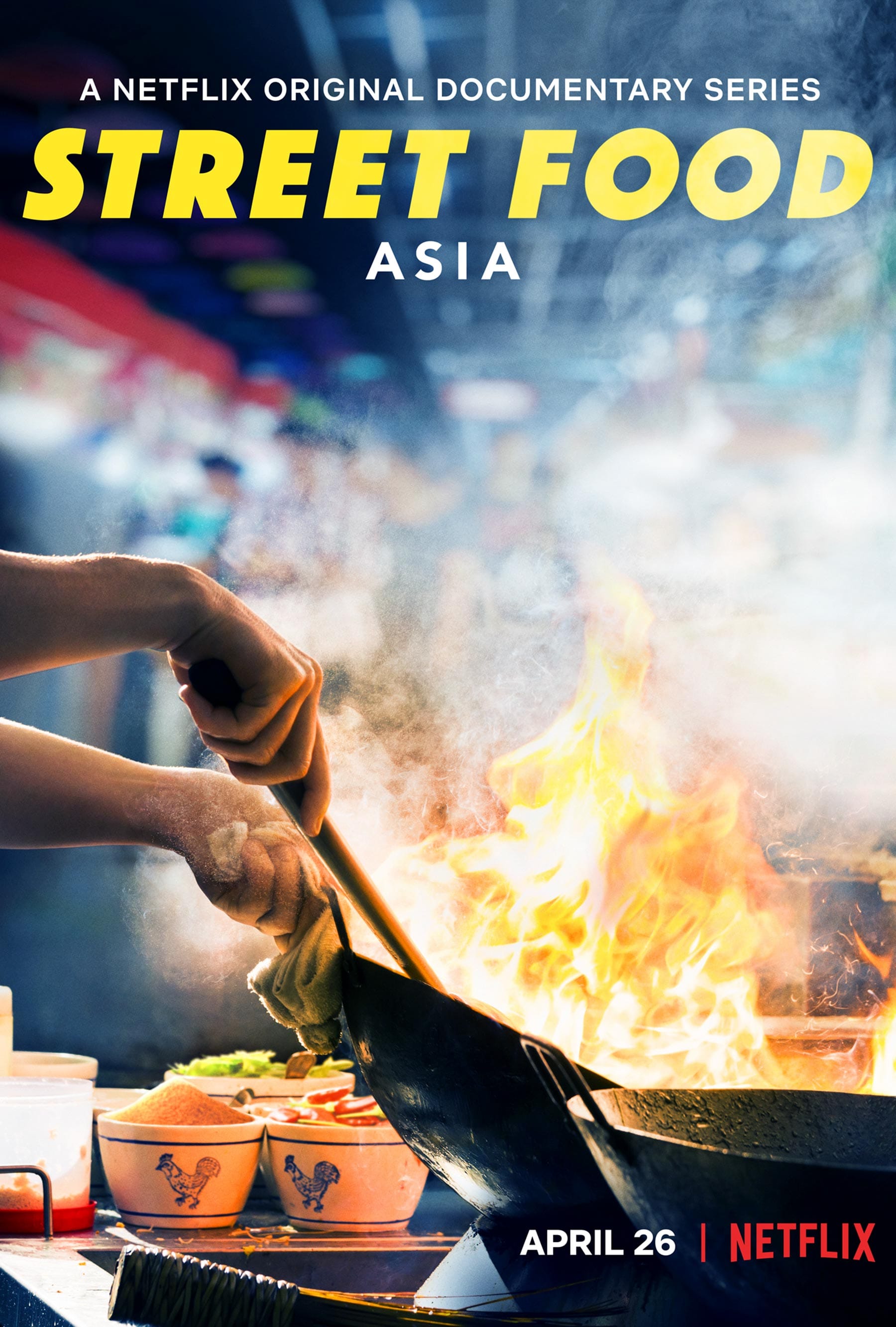
- Chef’s Table: Legends – For the storytelling. And the cinematography. And the sobs.
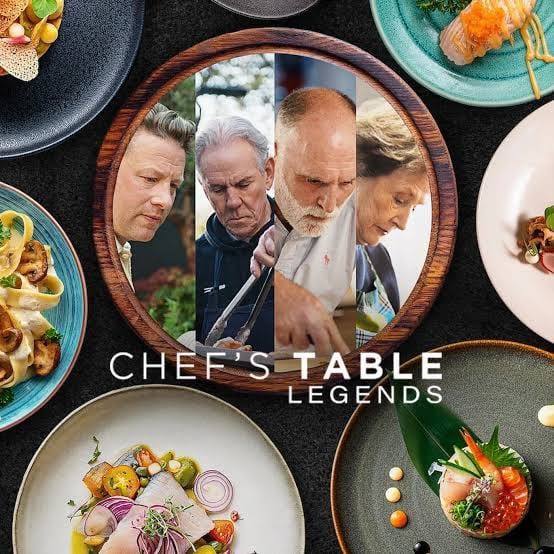
- Nonnas – Technically a film, I know. Emotionally though, it’s a literal hug through the screen. You'll cry. In a good way.
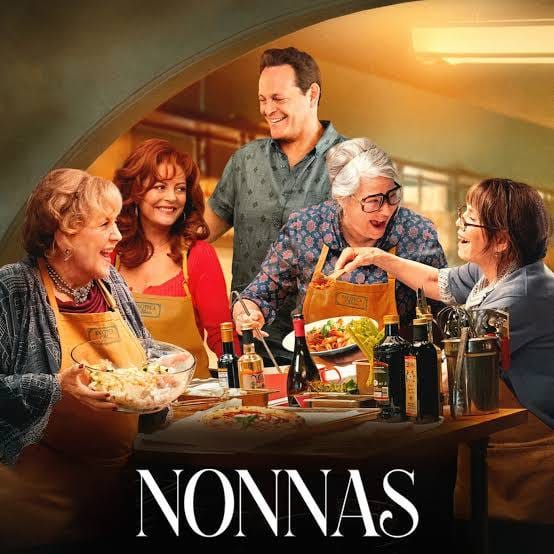
- Travel Man – For awkward dinners, cultural detours, and Richard Ayoade’s unmatched dry humour.
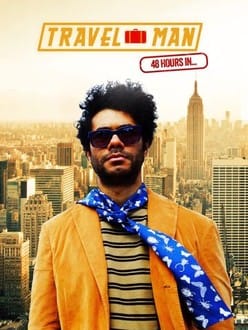
Any shows you would add to the list? Let me know in the comments section.
About me...I'm Lorna Rose and, by day, I work in the tech industry, but in my heart of hearts, I've always been fascinated by the story that food tells. The magic of a well-cooked meal, the way a simple dish can bring people together, spark conversation, and create lasting memories. On Happy Bellies, I set out to explore and find hidden gems, so that I can indulge in telling stories around food that will make you want to go out and create your own foodie adventures.
Keep reading:
